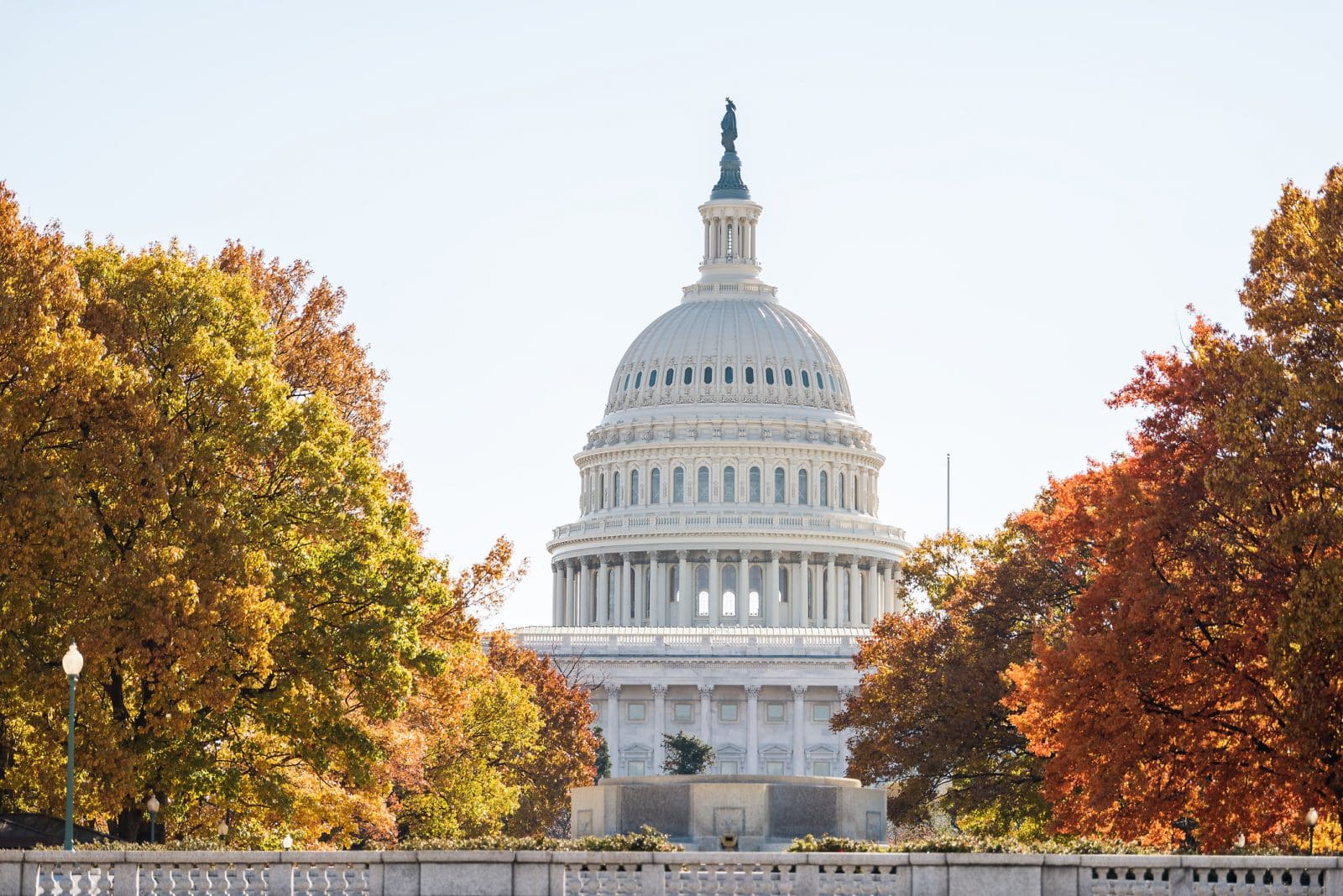President Trump signed a farm bill. ASTA breaks down what it means.
On Dec. 20, 2018, President Trump signed the $867 billion Agriculture Improvement Act (H.R. 2), better known as the farm bill, into law.
“With the passage of the farm bill, we are delivering to the farmers and ranchers, who are the heart and soul of America, all sorts of things that they never even thought possible,” Trump said. “We are ensuring that American agriculture will always feed our families, nourish our communities, power commerce and inspire our nation. And I’m opening up massive new markets in order to do things with other countries.”

Despite tension over the food stamp program and work requirements for beneficiaries, the 2018 Farm Bill was approved by large majorities of Congress, clearing the Senate by an 87-to-13 margin and the House by a 369-to-47 margin.
According to the American Seed Trade Association, the overall bill is a big win for those in the seed industry.
President and CEO Andy LaVigne said he was encouraged to see many seed industry priorities included in the final bill, which contains language to increase funding for U.S. Department of Agriculture cooperator programs, strengthen intellectual property protections and provide critical funding for conservation and research programs.
Farm bill titles of significance for the seed industry include: Commodities, Conservation, Trade, Research, Horticulture and Crop Insurance.
Jane DeMarchi and Virginia Houston, who both represent ASTA’s D.C. policy team, provide a few highlights.
First, language from the 2014 Farm Bill that ensured hybrid seed producers were eligible for commodity programs was maintained in the new farm bill.
Looking at the Conservation title, Conservation Reserve Program (CRP) acreage was increased by 3 million acres, moving up to 27 million acres, with payments capped at 85 percent of local rental rates for general signup acreage and 90 percent for land enrolled through continuous signup. Of note, the cost share for CRP seeds is capped at 50 percent.
Additionally, the new farm bill initiates a pilot program called the Soil Health and Income Protection Program (SHIPP) that allows farmers to take land out of production under shorter contracts (five years) than currently allowed by CRP. It’s limited to 50,000 acres in six states (Iowa, Minnesota, Montana, Nebraska, North Dakota and South Dakota).
The Conservation Stewardship Program remains intact; however, CSP contracts are no longer eligible for automatic renewal, and funding has been reduced from $1.8 billion per year to no more than $1 billion per year.
Funding for the Environmental Quality Incentives Program (EQIP) will increase over the life of the bill to reach $2.025 billion by 2023, and the Regional Conservation Partnership Program is funded at $300 million per year — it moved from a companion program to a standalone program with separate rules.
On the international front, the Trade title takes a hit. The Market Access Program, Foreign Market Development Program, Technical Assistance for Specialty Crops program and Emerging Markets Program are now all consolidated under one umbrella, known as the Agricultural Trade Promotion and Facilitation Program.
DeMarchi says language in the farm bill provides $255 million annually in mandatory funding for the programs. Those are MAP at no less than $200 million, FMD at no less than $34.5 million, TASC at $9 million and EMP at no more than $8 million.
In the Research title of the farm bill, language directs USDA to develop, publish and implement a national strategic germplasm and cultivar collections assessment and utilization plan of the National Plant Germplasm System. Additionally, emphasis in the Research title shifts beyond traditional ag research to include pollinators, organic agriculture and urban and indoor agriculture.












